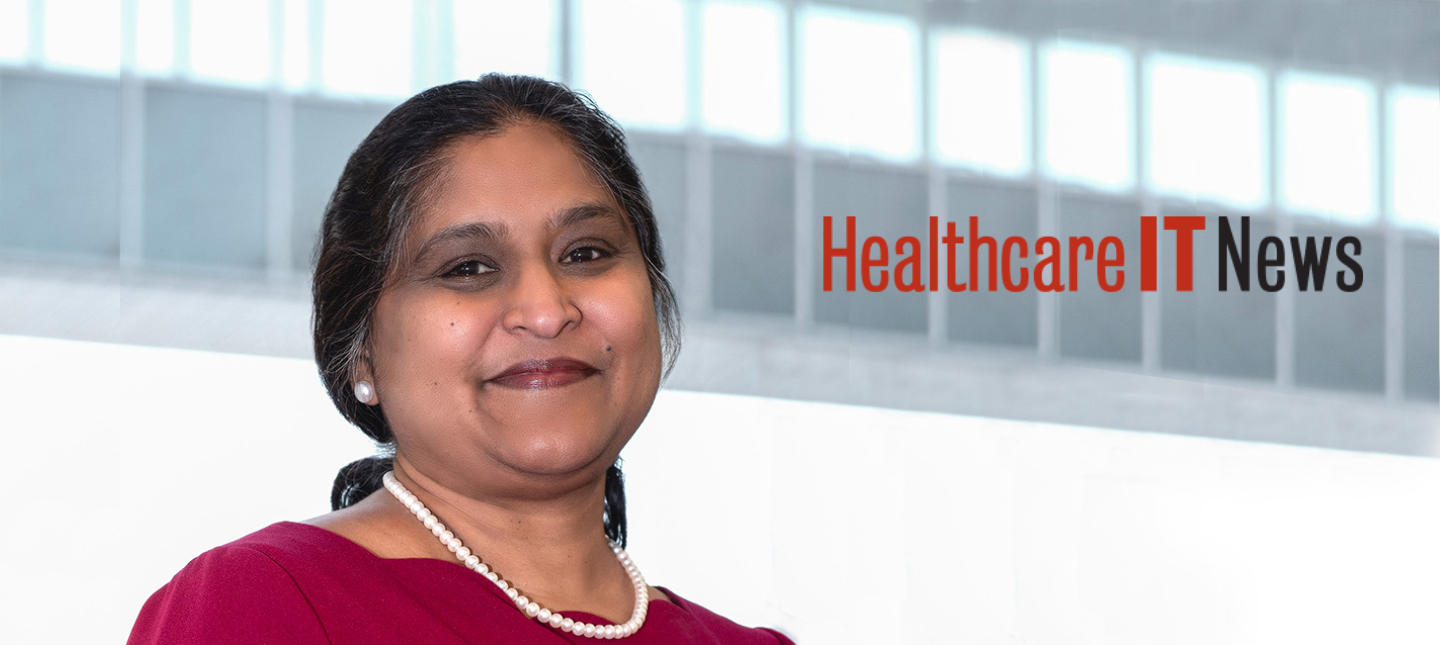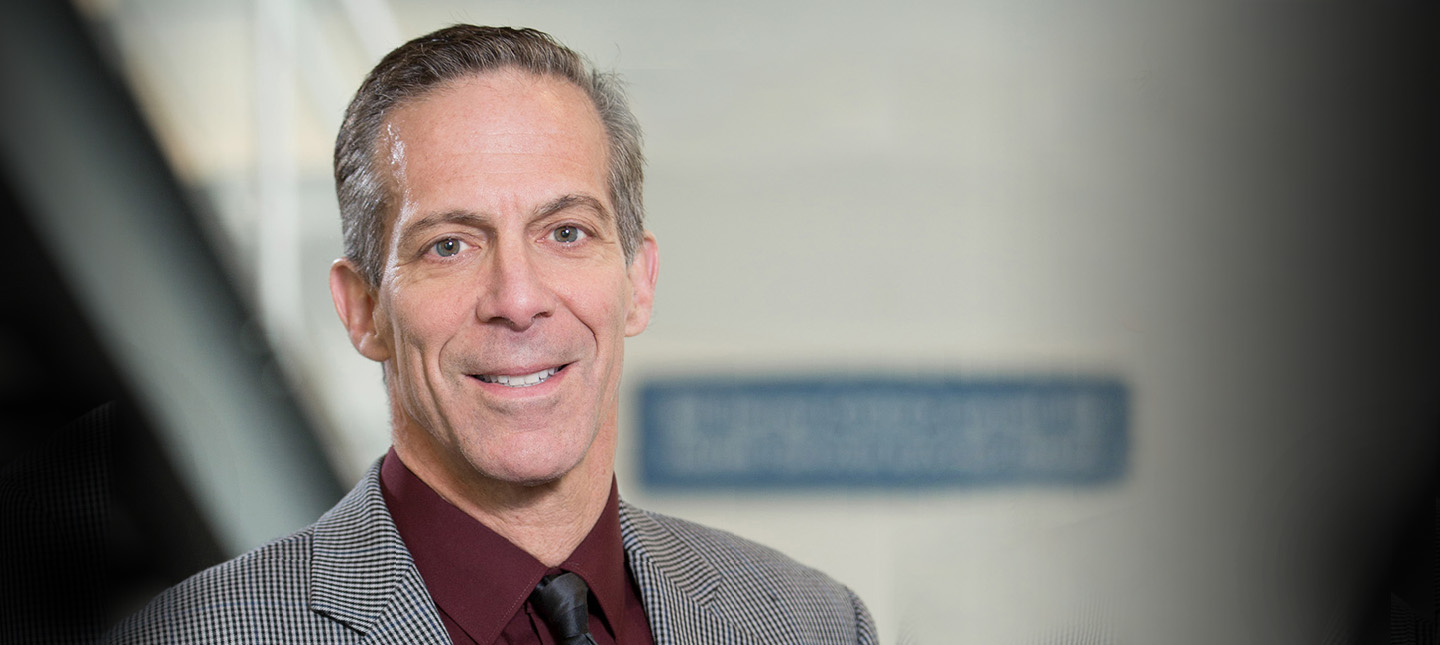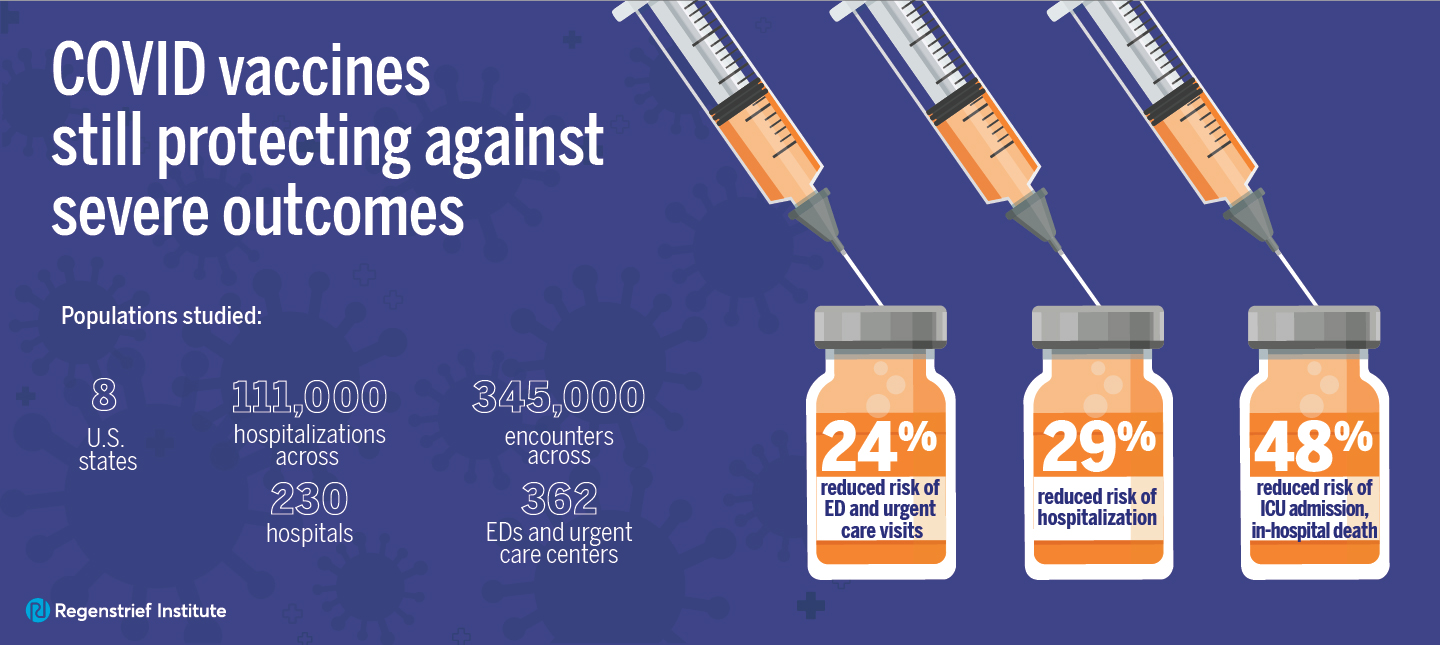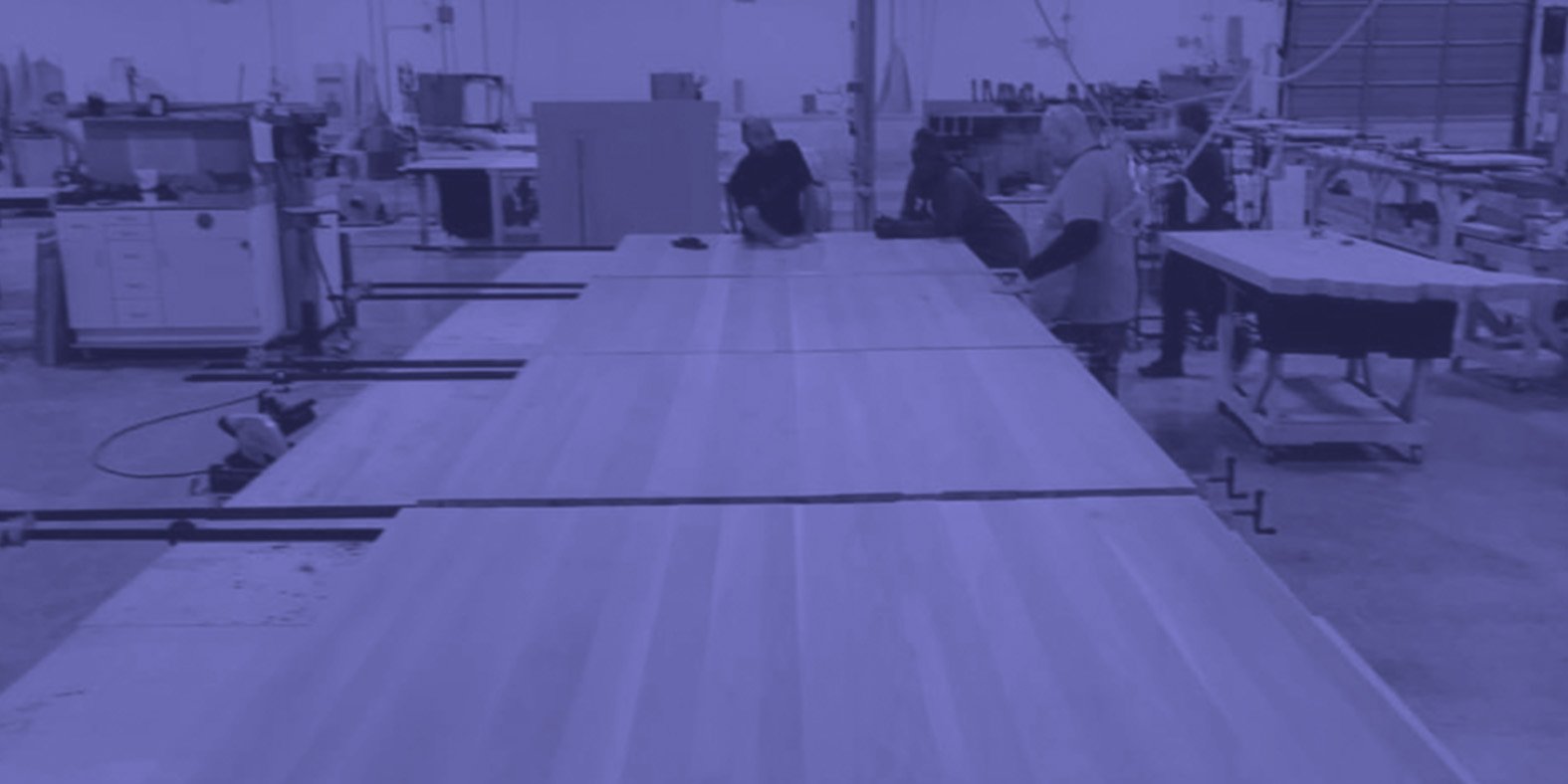Transcript
The Problem – Bonus: HABC
Phil Lofton:
Hey! Welcome to another bonus episode of The Problem. These bonus episodes are an opportunity to drill down into individual case studies on organizations and people who are making a difference in Alzheimer’s.
This episode is going to be focused on the Healthy Aging Brain Clinic, a collaborative care clinic that we discussed a little during our main episode. If you haven’t already listened to that episode, check it out first, to get a good primer on what collaborative care is, as well as what its benefits are for patients and caregivers, and health systems alike.
Welcome to a bonus episode of The Problem. I’m your host, Phil Lofton.
[THEME]
Eskenazi Health is the safety net health system in Central Indiana. Formerly known as Wishard Health amongst a few other names, it’s Indiana’s oldest healthcare system.
In the last few years, Eskenazi has launched the Sandra Eskenazi Center for Brain Care Innovation, a center dedicated to increasing brain health in its patient population, and as a part of that effort, their Healthy Aging Brain Clinic, also known as the HABC.
The HABC is a collaborative care clinic that specializes in geriatrics care, specifically Alzheimer’s disease and dementia. It uses a large, multidisciplinary team to help ensure patient and caregiver health is maintained.
The work of the HABC is done by pharmacists, engineers, business experts, and professionals from a wide variety of other disciplines.
It’s a hub for research becoming practice, and it’s powered by the work of a first-rate team and some state of the art data science.
I talked with Malaz Boustani, founding director of the Sandra Eskenazi Center for Brain Care Innovation, and head of the HABC, about some aspects of the HABC that seem nearly ripped from a sci-fi novel.
Phil Lofton:
One of the things that blew my mind the first time I toured the place when you guys first launched was that big room, the mission control. So what is the mission control do for this model of care?
What we decided to do is we wanted to be responsible for the health of a segment of our population. And therefore we said, “We’re not just going to be responsible for people who come over to the clinic only. We are going to be responsible for anybody who suffer from the disease within our community catchment area.”
So at Eskenazi, their mission is to help the residents of Marion County. That’s number one, but they are not very selfish. So if we get a family from another county or other state, we will still take care of them. So, we actually created a population. We defined our population, and we measured their need. And then every week, twice, we bring the team together. We go to this mission control room where we look at the health of our entire population and find out which segment of our population we are not meeting their need. Then we zoom in into that need and figure out why we’re not meeting that need. Do we need to modify our care plan? And then we alert our team and then we triage our team and we send them back to the, to the home to revise that care plan and keep doing it in a very non-judgmental way.
So we call it the mission control where we can zoom out and zoom in like crazy.
Phil Lofton:
You talked for a second about using the mission control as a way to see where the population’s health needs aren’t being met, specifically with Alzheimer’s disease and dementia. What are you looking for as metrics for an unmet need?
Malaz Boustani:
Absolutely. So, there was no sensor before. So, in the clinical trial we had like six, seven sensors. Each one would take like 25 minutes, I mean, you can spend hours and hours to measure their need. So we realized ,in the process of moving our collaborative care model from the shelf of a JAMIA article that we really need to create a lot of modifications. So we created a very simple, less than five minute tool that will capture the biopsychosocial. So it captures the behavioral, psychological problems of the patients and their loved one. The functional problem, the cognitive problem and the caregiver stress. And we call it the Healthy Aging Brain Care monitor. And we have it from a self-report version and a caregiver report version. And now that monitor can be completed by the patient or the, if they have certain cognitive ability, by their family member in less than five minute. It can be done, on a paper can be done by telephone, can be done on an app.
Phil Lofton:
Dan Bateman, the Geriatric Psychiatrist of the HABC, spoke to me a little more about this app, currently being tested in a clinical trial.
Dan Bateman:
I recently received a grant or career development award to run a clinical trial that studies the use of mobile devices and mobile application for monitoring Behavioral and psychological symptoms of dementia. So in the study is called MOMENT. What we’re doing in the study is we’re working with caregivers and we’re working with patients with dementia and we are providing the caregivers with a smartphone to report through a survey how the patient with dementia is doing in terms of different psychiatric symptoms, which might be hallucinations or depression or anxiety. A myriad of different things. And also we’re looking and interested in seeing what kind of distress those symptoms cause the caregiver. And what we think is that, you know, just measuring things in clinic where it’s not the home environment where it’s not real time is not very helpful.
Phil Lofton:
Rich Holden, the engineer of the HABC, told me a little more about the app, and how it can impact caregiver life.
Rich Holden:
Caregivers are told whether the symptoms that they’re reporting are mild, moderate or severe, and they get an overall score. They also get a history of the scores. And there’s some interpretation in providing people with information about the severity of the symptoms. The other side of things is the clinician. And usually that’s, you know, a nurse, social worker or a care coordination assistant working with one of those two. And you know, those individuals need to be alerted whenever there’s been a change in symptoms or symptom severity or when a symptom has become a problem. And I think the real, you know, value of the app is to get the clinician and the caregiver on the same page. So they both know what’s happening with the patient, and that they’re working on solving those problems together.
Phil Lofton:
This app, though, is an extension of data collection that’s already being conducted at the HABC. Dr. Boustani explained to me, during our conversation, how this data can be used to affect entire populations, and direct care to those who need it most.
Phil Lofton:
What do you do if you’re noticing a trend on the population level, like within a neighborhood. What are you guys as a unit going to do if, say, the 46222 zip code is looking like the patients in that entire zip code aren’t really having their needs met. How do you guys interface with like community initiatives and stuff then?
Malaz Boustani:
Well, so you know, we are a little bit lucky that on that type of level. We have our community health workers and our team members who are embedded within the area on aging. and the area on aging have data to figure out if there is a signal that coming over consistently with, from certain zip code, then we can get sense of why you know, what’s going on there. And and then we can end up partnering with that community through the area agency on aging. So we call it, this is more of like outside of our scope. But what happened is we said, “All right, we think there is a pattern over there that it’s indicative of more of a community characteristic.” We hand it over to community-based organizations specifically area on aging and the Alzheimer’s Association, and they are the one who kind of have the expertise to figure out is there specific need in that community. For example, that community don’t have access to some support group. They might have no access to clinicians or other things that are unique for that family. But me as a physician and healthcare system, just recognizing my border of control. And just because I’m a good doctor, that doesn’t mean I’m a really good politician or a really good engineer, which is really hard for me to say there because I’m good doctor, you know, I’m supposed to be a really good finance person.
So, that’s something for us trying to make sure the area that we have control over, we do it. The area, if we don’t have control over, we find the person or the organization that have control, and then do a handoff. So that’s part of it.
Phil Lofton:
So it’s a scale-up of the collaborative model in the first place, right?
Malaz Boustani:
Exactly, exactly.
Phil Lofton:
Like you as a physician can’t do all the social work. So you hand it off to the social worker.
Malaz Boustani:
Exactly.
Phil Lofton:
And then you guys as a collaborative team can’t do community-based initiatives to improve things that are outside of your scope of control. So you hand it off to the people that can.
Malaz Boustani:
Yeah. You know, great example, we found a lot of caregivers in certain area that their source of stress is not their caregiving duty. Their source of stress is that they don’t have a job.
Phil Lofton:
Yeah.
Malaz Boustani:
The school of their kids is not safe, that they have issue with food access. And we’re, we’re not good at that. But my area agency on aging in the community are really good. So, they can handle meals on wheels. So, you know, they end up all the sudden meals on wheels, you know, is released on down one. They handled transportation and a application for Medicaid. They know the resources from the state. So, we just do that hand off and knowing that the healthcare system is good in managing the medical determinant of health. But the social determinant of health is by CBO in the area between both, which is the behavioral determinant of health, and this is the area where you need both. Depression is a great example, where you need a formal diagnosis, you need a potentially cognitive behavioral therapy, problem solving, therapy, pharmacotherapy and social support and social isolation. So these kind of the techniques, if you think about it as a three-bucket medical determiner of health, we are good at it. Social determiner of health, our partners, community-based organizations are good at it. Behavioral health, both of us are good at it. We integrate. And that’s how we take care of the patients suffering from Alzheimer’s disease, living with Alzheimer disease and their family.
Phil Lofton:
We’ll hear more about the HABC later this season, specifically when we talk about their methods for screening and what a diagnosis meeting with family and loved ones looks like.
Join us next time in the main episode, when we do a deep dive into the caregiver perspective on Alzheimer’s, and their specific needs and struggles.
We’ll see you then, on The Problem.
Music for this episode was from Everlone and Broke for Free. Our theme, and additional musical cues were written and performed, as always, by Leanin’ Larry and the tiltin’ boys.
The Problem is produced at studio 134 in the Regenstrief Institute in Indianapolis, Indiana, where we connect and innovate to provide better care and better health. Learn more about our work and how you can get involved at Regenstrief.org, and see bonus content from this episode, including sources, pictures and more, at Regenstrief.org theproblem.
The Problem is written, hosted, edited and produced by me, Phil Lofton, with additional editing by Andi Anibal, John Erickson, and Jen Walker. Web design and graphics are by Andi Anibal, and social media marketing is by Jen Walker.
Bonus Material
Watch an early video about the Healthy Aging Brain Care Program from the days of Wishard Health
https://www.youtube.com/watch?v=N-aUPGGA-DU







